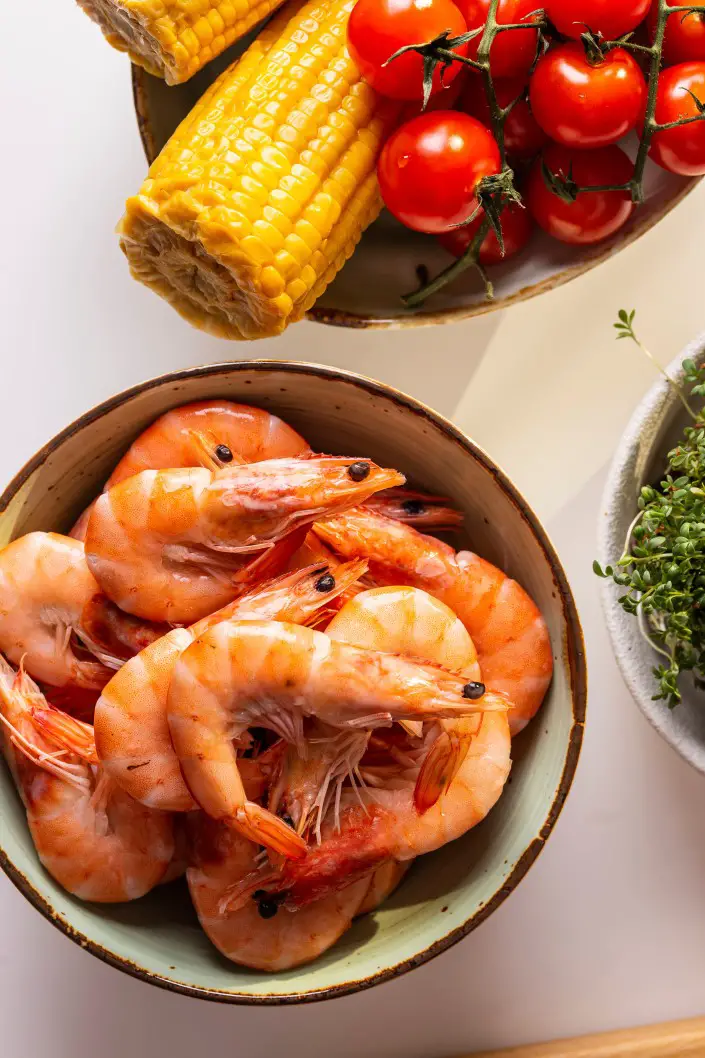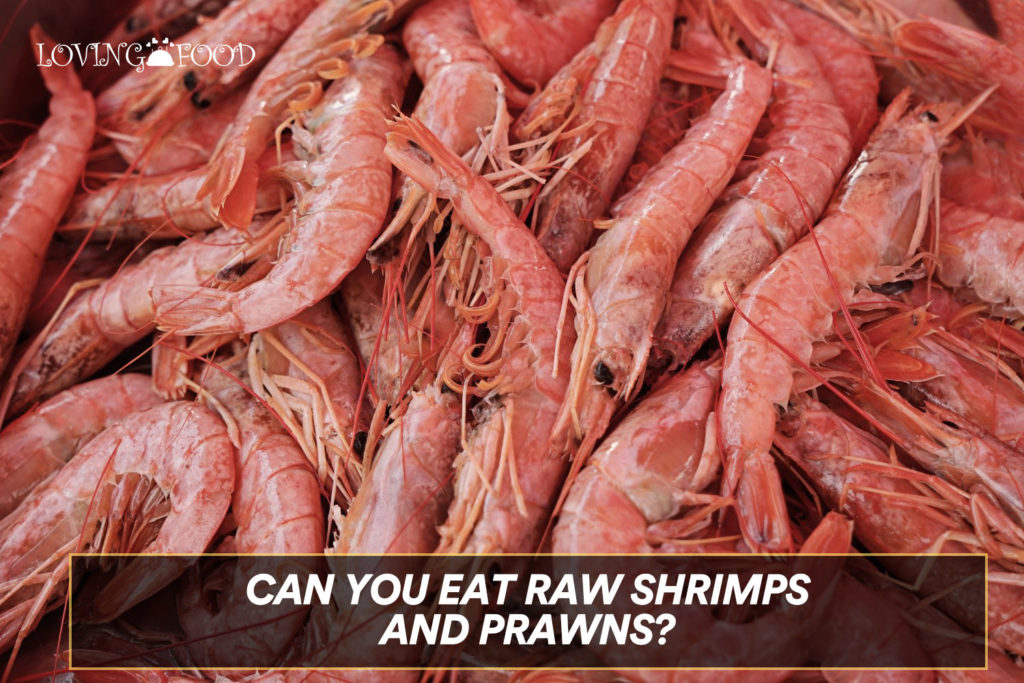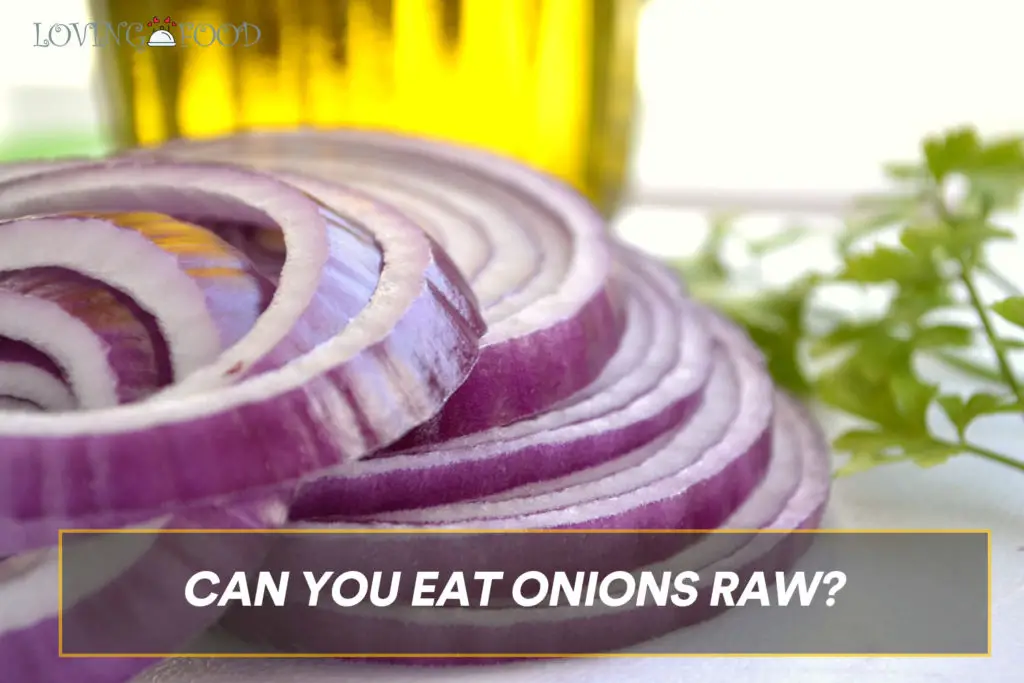Shrimps and Prawns tend to be classified as similar in looks, size, style, and taste. They are termed to be shellfish that are eaten across several countries of the world and are the most commonly eaten shellfish types in many regions and continents.
In short: No, eating raw shrimp or prawns is not advisable as you may be exposed to food poisoning and bacteria that may affect one’s immune system. Although, they are a highly delicious, tasty, and popular type of shellfish; they should be de-shelled, washed properly, and steamed or grilled properly until white skin turns pink.
They are highly delicious, tasty, and very useful in decorating and adding value to continental dishes, meals, and dips across the world. It is advised to eat either one, at least with one meal in a week, thus try having one today, that is, if you have not had them before.
Shrimps or Prawn’s hard, glassy shells vary from brown to gray. They are sweet in taste and high in protein and their texture could be tender or firm depending on the species. There’s always something new to try or discover when you prepare, eat, or walk into a restaurant to have either of these shellfish.
Do you want to experiment with eating Shrimp or prawns raw or wonder if it is safe to try them raw? This article would explain if it’s safe to eat raw shrimp or prawns.
NEW: Is Ramen Good For Sore Throat?
Is It Safe Eat Raw Shrimps and Prawns?
Over the years, the consumption of shellfish such as Shrimp, Prawns, Scallops, Mussels, or Squids has been on the rise in various countries and cities.
They tend to give this classy, sophisticated taste, that many young people prefer to go to popular restaurants or eateries, to eat these shellfish garnished or made with meals/dishes.
To prevent yourself from falling sick, it is advised that you lightly season and cook your shrimps or prawns. Pregnant women, children and should take extra precautions to avoid raw or undercooked shrimp to avoid food poising.

There are many dishes, meals, or delicacies to try out with shrimps or prawns, such as Shrimp fried rice, creamy pasta dishes made with shrimp or prawns, prawn skewers, prawn chips, or made as a dipping sauce for chips.
Also, made into garnishing for burgers, tacos, stew or sauce, snacks, pies or rolls, curry sauce, pepper soups, seafood okra, pan-stirred sauce, salads, or made into cocktails.
Is Raw Shrimp or Prawns Safe?
It is agreed that both these shellfish are the most commonly eaten and used shellfish in the world. They are eaten in many regions or cultures worldwide, the liquid inside the head of a shrimp is considered sweet and a delicacy.
It is also generally termed unsafe to eat raw shrimp or prawns in general, these shellfish are harvested for consumption, but there are certain easy steps to take before they can be rightly consumed to reduce the risk of food contamination or poisoning.
Pregnant women and young children are to avoid eating raw or undercooked shrimps or prawns for it weakens their immune system.
Raw Shrimp or prawns may harbor bacteria or tiny parasites that can only be killed through high-temperature steaming, grilling, or smoking. It is also advised that a person checks thoroughly to see if these shellfish have gone bad or rotten before preparing them for consumption
How to Prepare Shrimps Safely
Over the years, many chefs and cooks have adopted diverse means of safely preparing their shellfish varieties. In most cases these shellfish are soft in texture, therefore do not need to be cooked, or steamed for long to retain their crunchy feel and taste.
As aforementioned to avoid food poisoning or illness, these shellfish need to be cooked properly, it is best to buy high-quality shrimps or prawns from stores, and look for a label certification with food safety guidelines as improper harvesting, handling, or storage of these shellfish are rampant.
To prepare, de-shell the shrimp or prawn, then wash either shellfish carefully and thoroughly, this should be done away from other food items.

Proceed to steam, cook, grill, or pan-stir them until color turns pink or opaque as bacteria are destroyed during this process. It is also, advisable to refrigerate and consume fresh shrimps or prawns within four days whilst frozen ones can be stored and consumed for many months.
Frequently Asked Questions
Are shrimps and prawns the same?
Shrimps and Prawns are both classified as shellfish. Yes, they both have similarities and are classified under the same seafood umbrella, but they are not the same. Prawns tend to look like bigger crayfish while Shrimps look glassy or semi-transparent with shells and tender fish inside those shells.
Should I buy cooked or raw shrimp?
If you are an individual that finds shrimp or prawns cooking to be stressful, then it’s advisable to go to a reputable eatery and have your cravings satisfied. But if you can stock and patiently cooks the shellfish, then give it a try, because one can monitor, garnish, spice, and experiment with your preferred taste when you cook it yourself.
Is a Shrimp a fish?
Shrimps are not necessarily fishes, instead, they can be classified as seafood or shellfish that can be used as supplements for fish, if you are allergic to them. They are highly delicious and nutritious, and can also be prepared in various ways. Therefore, you can choose to eat more shrimp, if you are not a fan of fish.
Is eating raw shrimp safe?
To say it clearly, no it is not safe to eat raw shrimp because of exposure to bacteria, illness, food poisoning, or vomiting. Individuals are advised to properly cook their shrimp before consumption, especially pregnant women.
Summary
In simple terms, Shrimps or Prawns are highly nutritious, delicious, and commonly eaten shellfish around the world. However, eating them raw is not advisable, as it may lead to food poisoning or contamination.
Raw Shrimps may contain harmful bacteria and viruses that may lead to sickness or stomach ache. It is important to ensure these shellfish are properly cooked to ensure easy digestion and to avoid weakening the immune system.
Pregnant women and young children are also advised to avoid raw or undercooked shrimps or prawns.
Continue reading:









